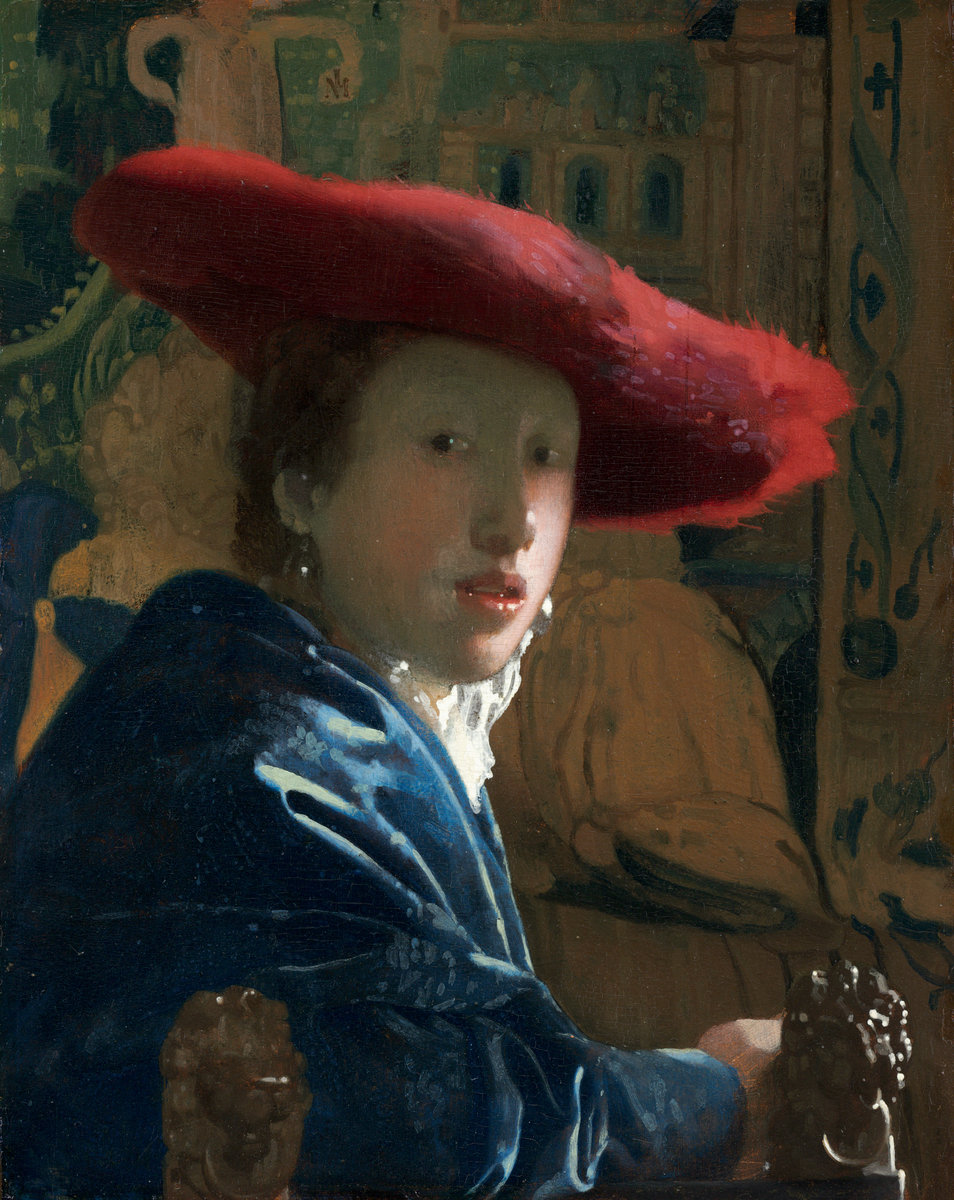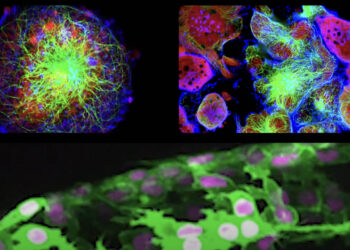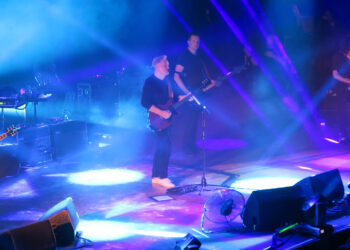
Digital publication of scholarship necessarily focuses on output, specifically the presentation of content (format) and with it, the associated functionality in support of active review by researchers and subsequent use of the material. Each discipline has its own specifications for what scholars need to be able to do with the content, whether it be reading or annotation or more complex tasks of study, examination and manipulation.
In April of this year, the National Gallery of Art (NGA) released its first Online Edition catalogue for the Gallery’s excellent collection of Dutch paintings. With the support of a grant from the Getty Foundation, the NGA has developed an outstanding user experience for both the student as well as the scholar/curator. This catalogue contains “an introduction by the curator, illustrated scholarly entries (each preceded by a short overview), artists’ biographies, technical summaries, and a complement of rich media, educational materials, and appendices related to the featured collection.” As I hope that quote from the site makes clear, a catalogue publication, in the context of this discipline, represents an inventory of work held in a particular collection while also serving as an authoritative reference, detailing scholarly documentation and understanding of those works. In the print environment, due to the demand for high-resolution, color images as well as special layout requirements, such publications have become prohibitively expensive to produce.
The Getty Foundation’s support for the Online Scholarly Catalogue Initiative has provided grants to institutions beyond the National Gallery of Art, nine in all including the Art Institute of Chicago, the San Francisco Museum of Modern Art, the Freer and the Tate (more details on that Online Scholarly Catalogue Initiative are available). For the purposes of this post, I’m focusing on the digital catalogue created by the National Gallery of Art in Washington DC.
The strength of the design of this system can be understood by looking at the handling of works by Dutch painter, Johannes Vermeer. If I am focused on a specific work, such as the Girl With The Red Hat, the displayed menu offers me an brief overview, a longer more in-depth discussion entry, specifics on any artist inscription, the painting’s provenance, an exhibition history, chronologically arranged bibliography, a technical summary, and related content (multi-media). These represent the documentation needed by students, scholars and perhaps most importantly other curators. The NGA platform is aimed at satisfying the workflow requirements of that set of users in a cultural heritage environment.
In the workspace on-screen, the user can view X-radiograph composites or infrared reflectograms side by side with an image of the painting itself, figures in the entry being hyperlinked for purposes of comparison. That functionality allows the scholar to see what lies under the visible work, whether it indicates previous attempts by the artist to render the subject satisfactorily or aid in establishing the correct attribution of the work to its original creator. As frequently may happen with a particular piece in a museum or gallery collection, Vermeer’s Girl With The Red Hat is not currently on view at the National Gallery. By creating this digital catalogue platform, the National Gallery can still enable some degree of access to the work for those with an interest or need to examine the piece. Also accessible are archived versions of a particular object, including entries from the NGA systematic catalogue series, so that scholars can more immediately grasp what aspects of scholarship about the work may have changed in the interim period.
For purposes of discovery, a student doing a term paper on this painting might input a search query of [Vermeer Girl With a Red Hat] into Google and be directed to this page in the Online Edition, but equally important in the context of discovery, the scholarly publication is also included in WorldCat. The same student can click on Export on the Online Edition platform and download the full 19 pages of information on this painting in PDF file format. Digital images can be incorporated into the student’s work as well (without fear of flouting intellectual property concerns).
What makes this worth noting in a scholarly context is the attention given to publication function. In its current usage, a catalogue is more than an inventory of paintings, sculpture, or artifacts. As with all scholarly content, that catalogue serves to document the state of knowledge at a given point in time. While the publication is like a “book”, it documents artifacts that may be multi-dimensional, requiring multiple views, whether 3D imaging or side-by-side comparisons. At a point when publishing and information professionals are debating what the scholarly record may evolve into, this is one example of how a specific community’s requirements for the scholarly record are being met.
The necessary combination of information is here. The sleek (and remarkably glitch-free) interface minimizes distraction and serves the reader’s purpose. Thinking back to my own student experience of an art history term paper working with a single image of a painting reproduced in an overly-dark halftone, this type of resource would have been a godsend. (Rather than focusing on composition in an obscure painting, I might have been able to expand my paper’s analysis to the artist’s use of color and deepened my thinking.)
Which brings me to the second reason that the NGA Online Editions is worth your attention — the custom-built content management system on which it operates. While the sustainability of the investment may be of concern, simply because any system will ultimately require upgrades, that a cultural heritage institution has designed and built exactly the publication platform needed to support an existing professional function is both laudable as well as indicative. It’s not that the private sector couldn’t have created this platform. It is more likely that the private sector couldn’t immediately see the way clear to a financially viable pricing or business model. That’s understandable, but that mindset doesn’t necessarily serve the needs of the scholar. Instead, this digital catalogue has emerged from the public sector, a publication attuned to the researcher need. It’s exciting to learn that the Gallery anticipates another such catalogue as this being released in 2015 on the topic of Italian painting with a third on American modernism planned for 2016.
The only remaining question is what public-private partnerships might be able to emerge from this for the purposes of further enabling the work of digital humanists.
What publication does your organization or discipline require that might have functions analogous to those of a museum catalogue?
Note: I want to thank Jennifer Henel, Curatorial Associate, Northern Baroque Paintings, National Gallery of Art for her generous sharing of time and expertise in walking me through the specific functionality of the NGA Online Editions.
Discussion
2 Thoughts on "Have You Looked At This: NGA Online Editions"
This sounds like a fantastic project! I speak as former director of a university press heavily engaged in art history publishing (Penn State). My only question is: can true colors of the original be properly represented on computer screens?


